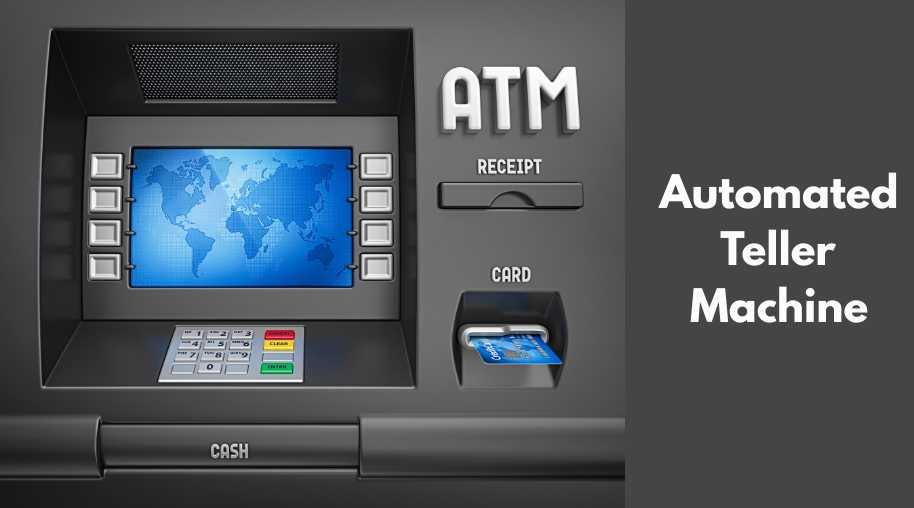CERSAI Full Form - Central Registry of Securitisation Asset Reconstruction and Security Interest
by Shashi Gaherwar
0 2065
Central Registry of Securitisation, Asset Reconstruction, and Security Interest: Enhancing Transparency and Security in Financial Markets
The Central Registry of Securitisation, Asset Reconstruction, and Security Interest (CERSAI), established in 2011, strengthens India’s financial system by ensuring transparency, security, and accountability. Maintaining a national database of security interests in movable and immovable assets, CERSAI streamlines asset securitisation and protects creditors’ rights.

This article explores the functions, significance, and impact of CERSAI on India’s financial ecosystem, highlighting benefits for stakeholders.
What is CERSAI?
CERSAI, set up under India’s Ministry of Finance, is a registry recording security interests (charges, mortgages) on movable and immovable assets. It enhances transparency by preventing fraud through public records, supporting financial institutions, asset reconstruction companies, and creditors, without directly handling securitisation or asset reconstruction.
Key Functions of CERSAI
CERSAI supports India’s financial ecosystem with key functions:
- Registration of Security Interests: Records security interests created when borrowers pledge assets, ensuring creditors’ claims are protected.
- Maintaining a Public Database: Provides a transparent database for verifying asset status, reducing fraudulent claims.
- Asset Reconstruction and Securitisation: Supports securitisation by registering tradeable securities and aids asset reconstruction for distressed assets.
- Enabling Efficient Enforcement: Empowers creditors to recover debts by enforcing registered security interests in case of defaults.
- Providing Legal Protection: Prioritizes registered interests, safeguarding creditors from later competing claims.
Benefits of CERSAI to Stakeholders
CERSAI offers significant benefits to stakeholders:
- For Financial Institutions: Enhances risk management, protects creditors’ rights, and streamlines credit recovery.
- For Borrowers: Clarifies asset ownership and improves credit access through transparent records.
- For Investors: Reduces risks in securitised assets and builds trust in securitisation processes.
- For Regulators and Government: Improves oversight and ensures compliance, fostering market transparency.
Impact of CERSAI on Financial Markets
CERSAI has transformed India’s financial ecosystem by enhancing transaction security and reducing fraud. Its centralized platform improves loan recovery efficiency, bolstering financial sector stability and confidence, crucial for economic growth.
Challenges and Future Directions
CERSAI faces challenges like incomplete registrations and fraudulent reporting. Increasing stakeholder awareness and compliance is essential. As India modernizes, CERSAI could support innovations like digital assets and blockchain technology.
The Central Registry of Securitisation, Asset Reconstruction, and Security Interest (CERSAI) is vital for India’s financial system, promoting transparency, protecting creditors, and streamlining securitisation and reconstruction. As India’s financial sector evolves, CERSAI will continue driving transparency, security, and efficiency in the economy.
Further Learning Resources
If you’re passionate about building a successful blogging website, check out this helpful guide at Coding Tag – How to Start a Successful Blog. It offers practical steps and expert tips to kickstart your blogging journey!
For dedicated UPSC exam preparation, we highly recommend visiting www.iasmania.com. It offers well-structured resources, current affairs, and subject-wise notes tailored specifically for aspirants. Start your journey today!

Share:








Comments
Waiting for your comments